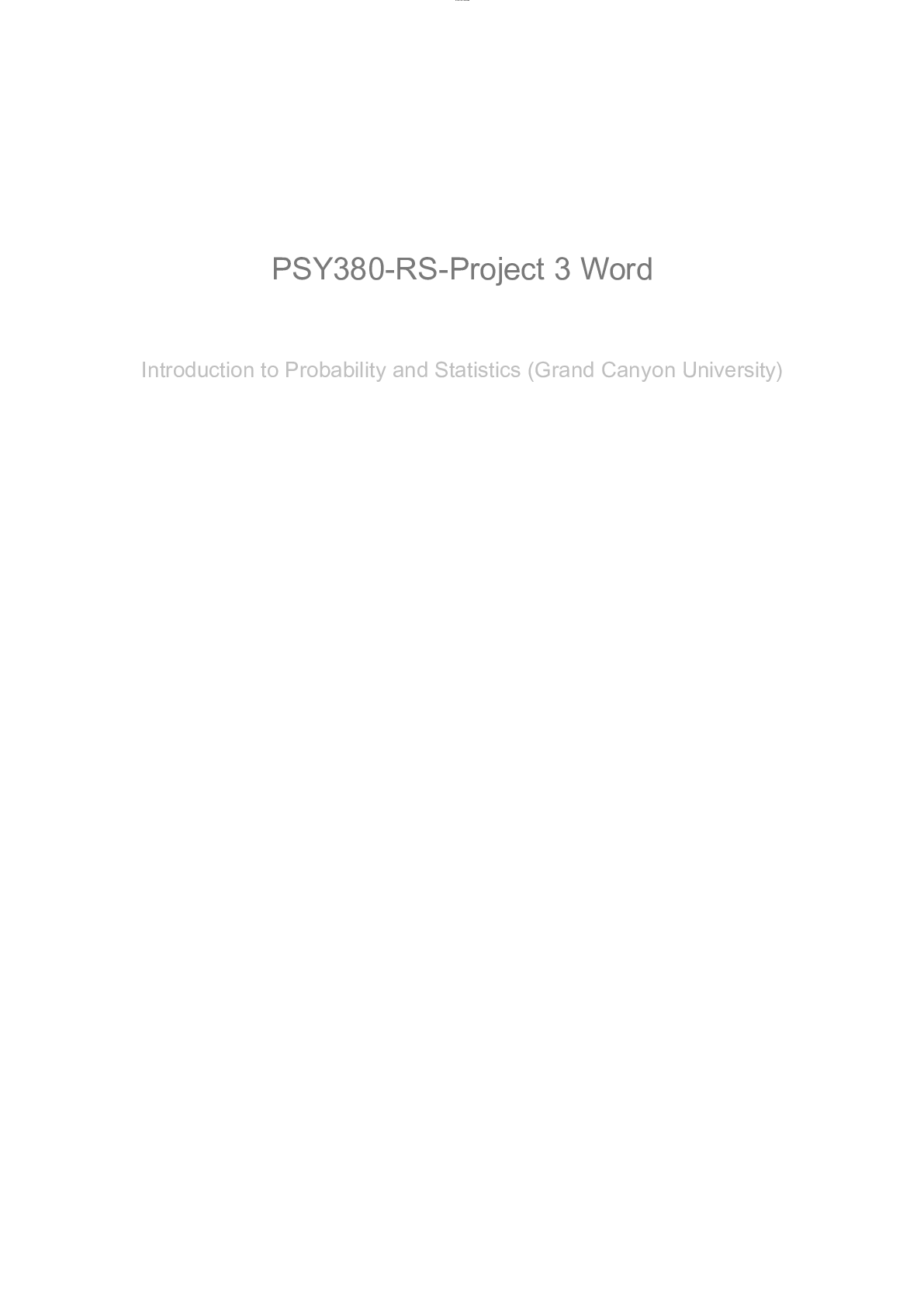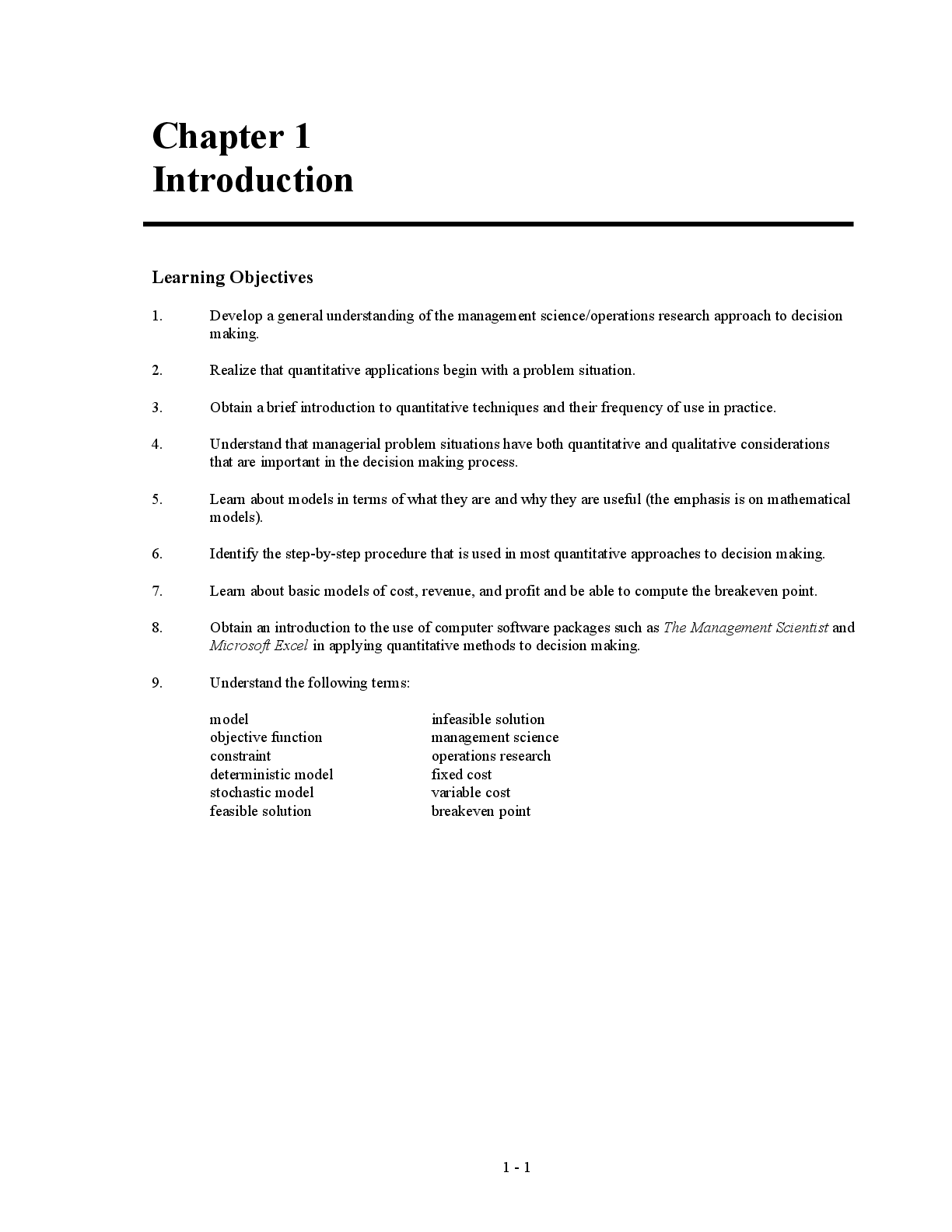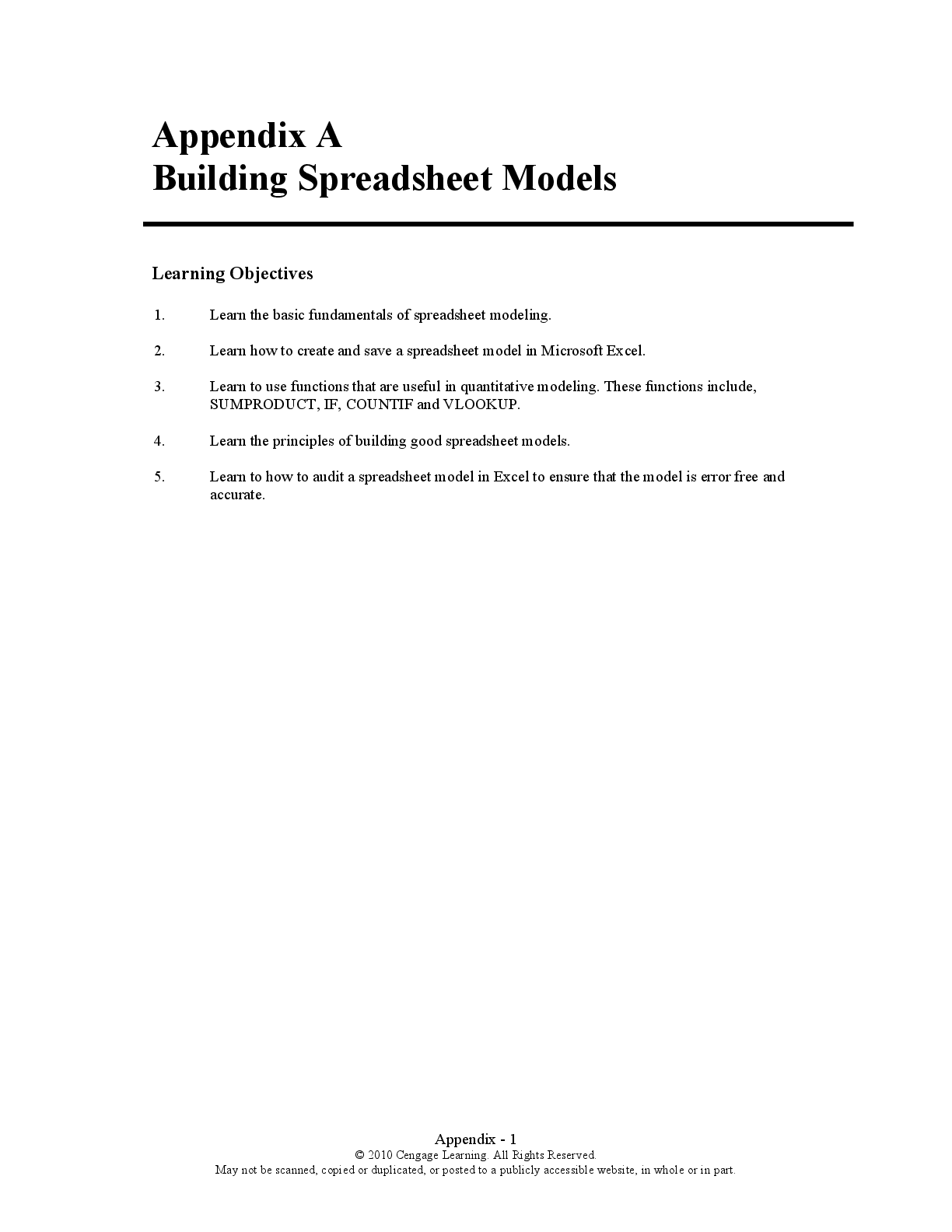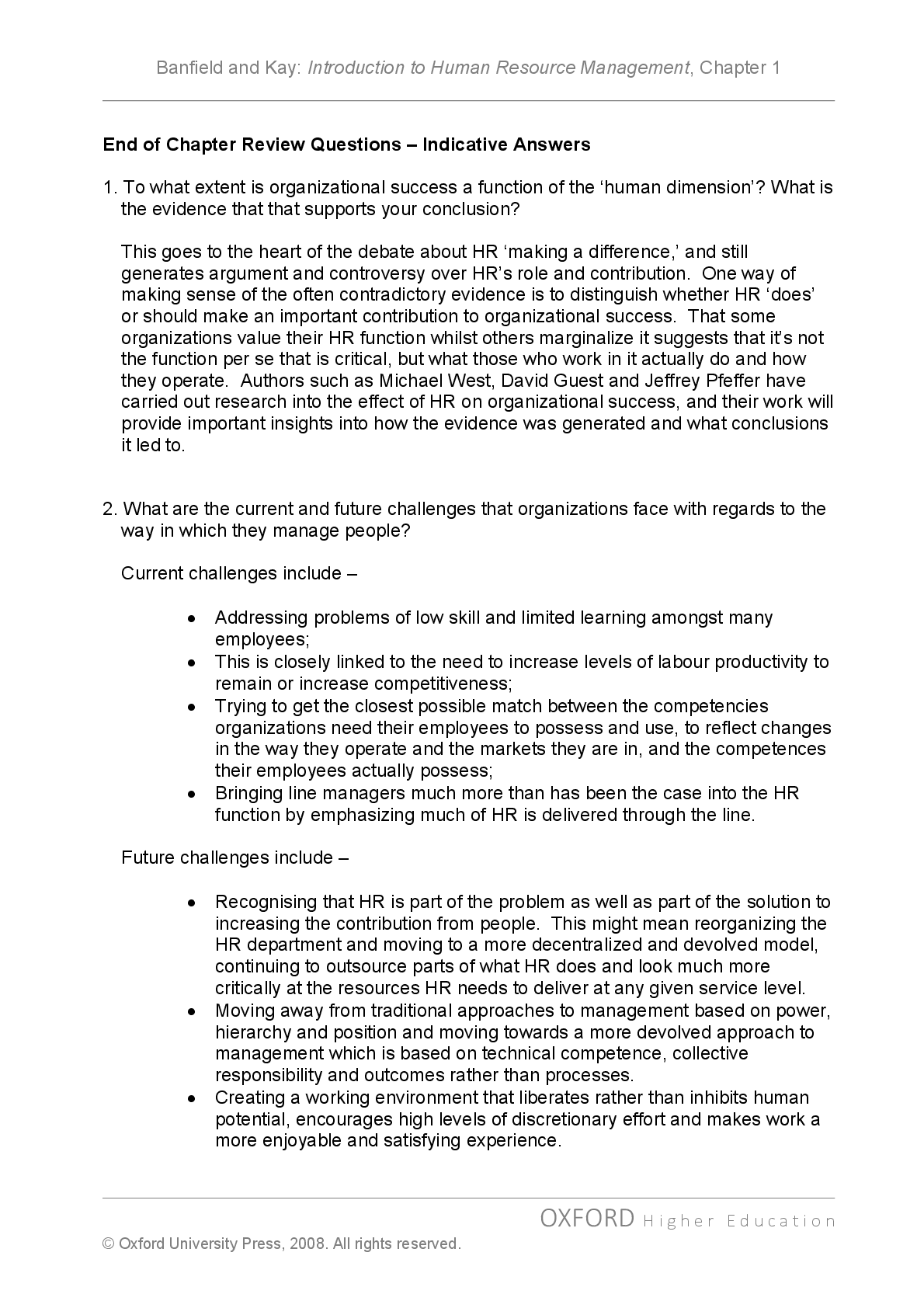MAT 274 Benchmark Style Guide
Document Content and Description Below
1. A patient is classified as having gestational diabetes if their average glucose level is above 140 milligrams per deciliter (mg/dl) one hour after a sugary drink is ingested. Rebecca's doctor is co
...
ncerned that she may suffer from gestational diabetes. There is variation both in the actual glucose level and in the blood test that measures the level. Rebecca's measured glucose level one hour after ingesting the sugary drink varies according to the Normal distribution with μ=140+# mg/dl and σ=#+1 mg/dl, where # is the last digit of your GCU student ID number. Using the Central Limit Theorem, determine the probability of Rebecca being diagnosed with gestational diabetes if her glucose level is measured:
a. Once?
b. n=#+2 times, where # is the last digit of your student ID?
c. n=#+4 times, where # is the last digit of your student ID?
d. Comment on the relationship between the probabilities observed in (a), (b), and (c). Explain, using concepts from lecture why this occurs and what it means in context.
For each part, insert your sketch of the required area under the normal curve. In addition, include a screenshot of your Excel computation to find this area.
i. Insert screenshot and figure for part (a)
ii. Insert screenshot and figure for part (b)
iii. Insert screenshot and figure for part (c)
iv. Comment on the relationship among the probabilities in parts (a),(b), and (c).
2. Suppose next that we have even less knowledge of our patient, and we are only given the accuracy of the blood test and prevalence of the disease in our population. We are told that the blood test is 9# percent reliable, this means that the test will yield an accurate positive result in 9#% of the cases where the disease is actually present. Gestational diabetes affects #+1 percent of the population in our patient’s age group, and that our test has a false positive rate of #+4 percent. Use your knowledge of Bayes’ Theorem and Conditional Probabilities to compute the following quantities based on the information given only in part 2:
a. If 100,000 people take the blood test, how many people would you expect to test positive and actually have gestational diabetes?
b. What is the probability of having the disease given that you test positive?
c. If 100,000 people take the blood test, how many people would you expect to test negative despite actually having gestational diabetes?
d. What is the probability of having the disease given that you tested negative?
e. Comment on what you observe in the above computations. How does the prevalence of the disease affect whether the test can be trusted?
Fill in the conditional probability table here, then answer the questions in each part below.
i. Answer part (a) here.
ii. Answer part (b) here.
iii. Answer part (c) here.
iv. Answer part (d) here.
v. Comment on how prevalence of the disease affects your ability to trust the test. Discuss what factors would lead you to trust the blood test, or not trust the blood test.
3. As we have seen in class, hypothesis testing, and confidence intervals are the most common inferential tools used in statistics. Imagine that you have been tasked with designing an experiment to determine reliably if a patient should be diagnosed with diabetes based on their blood test results. Create a short outline of your experiment, including all the following:
a. A detailed discussion of your experimental design. Detailed experimental design should include the type of experiment, how you chose your sample size, what data is being collected, and how you would collect that data.
b. How is randomization used in your sampling or assignment strategy? Remember to discuss how you would randomize for sampling and assignment, what type of randomization are you using?
c. The type of inferential test utilized in your experiment. Include type of test used, number of tails, and a justification for this choice.
d. A formal statement of the null and alternative hypothesis for your test. Make sure to include correct statistical notation for the formal null and alternative, do not just state this in words.
e. A confidence interval for estimating the parameter in your test. State and discuss your chosen confidence level, why this is appropriate, and interpret the lower and upper limits.
[Show More]
Last updated: 2 years ago
Preview 1 out of 5 pages
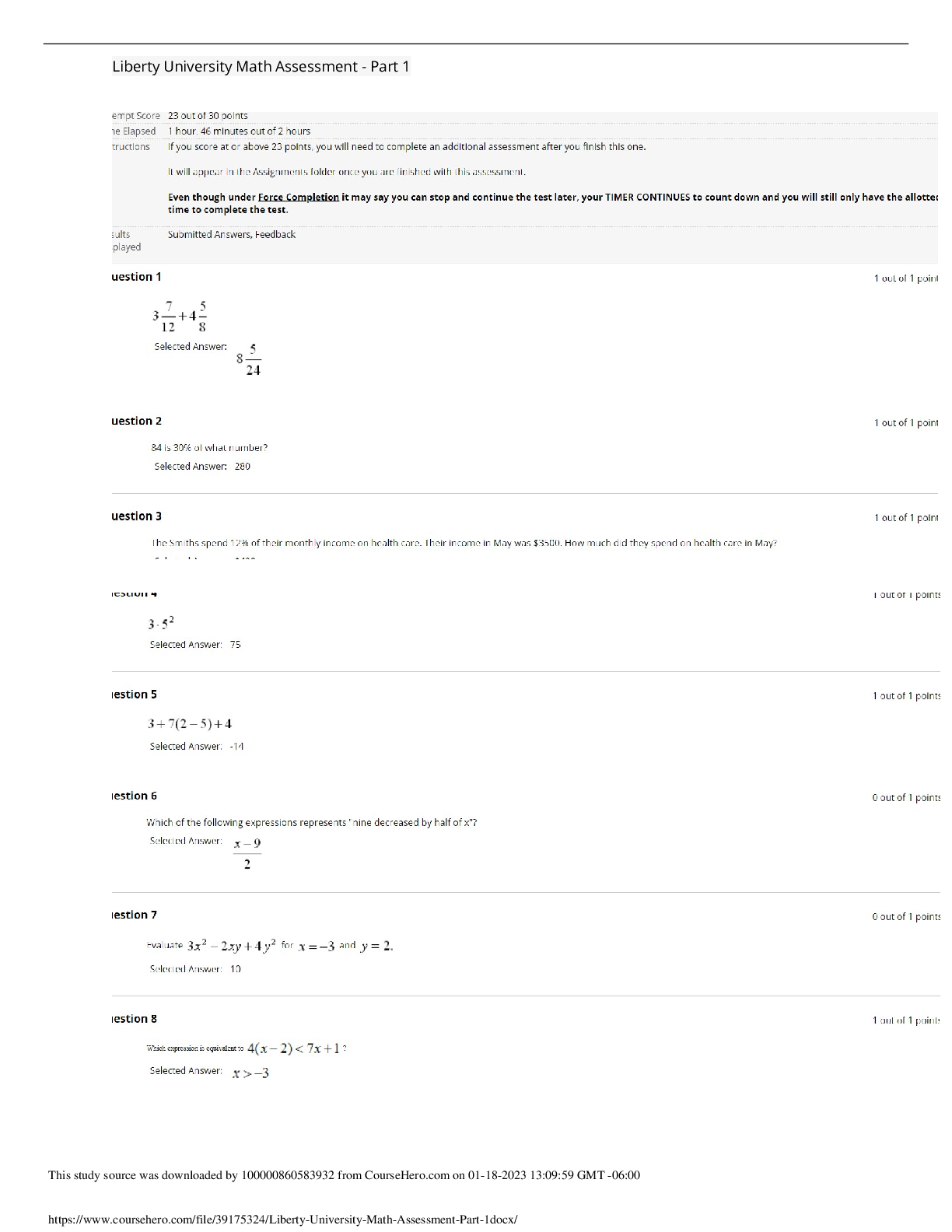

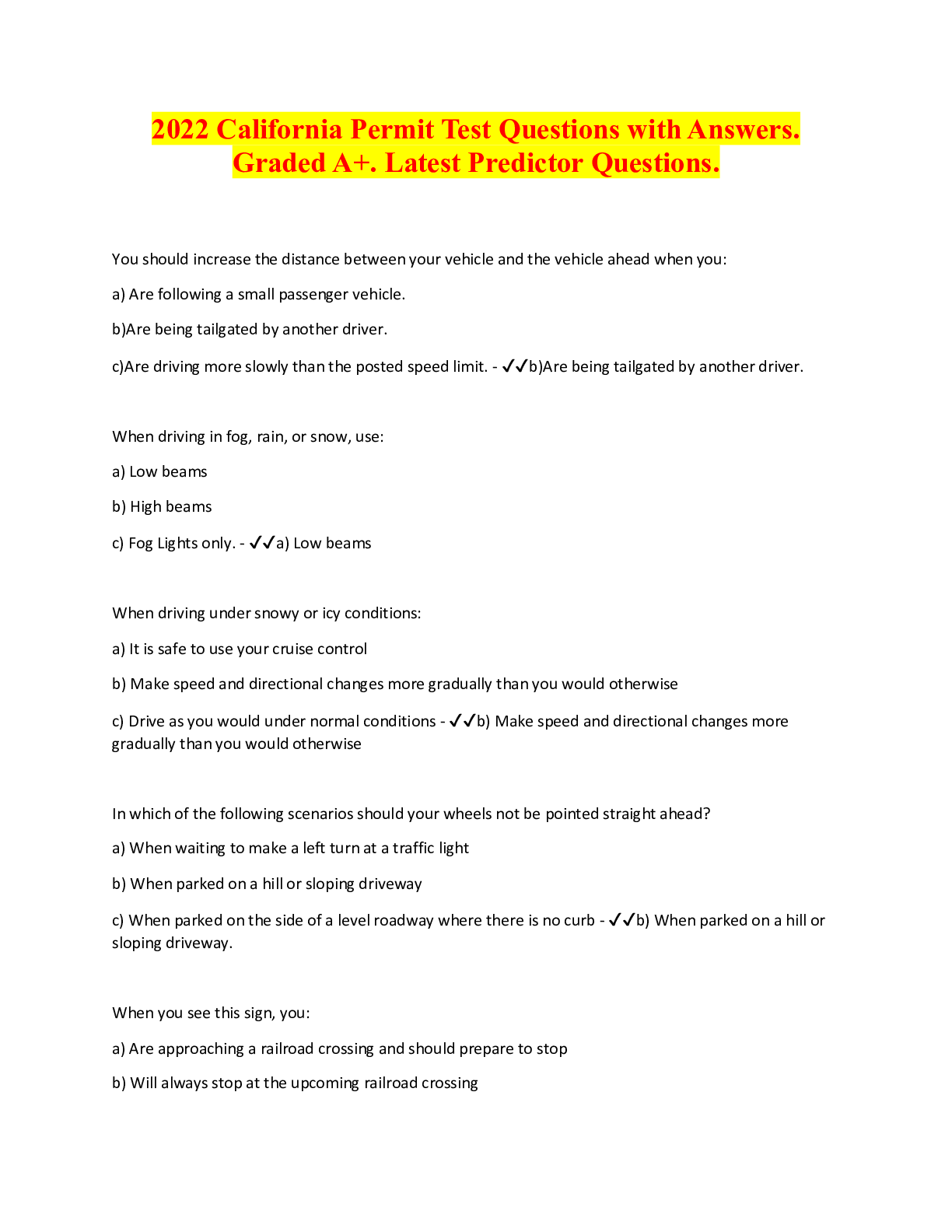


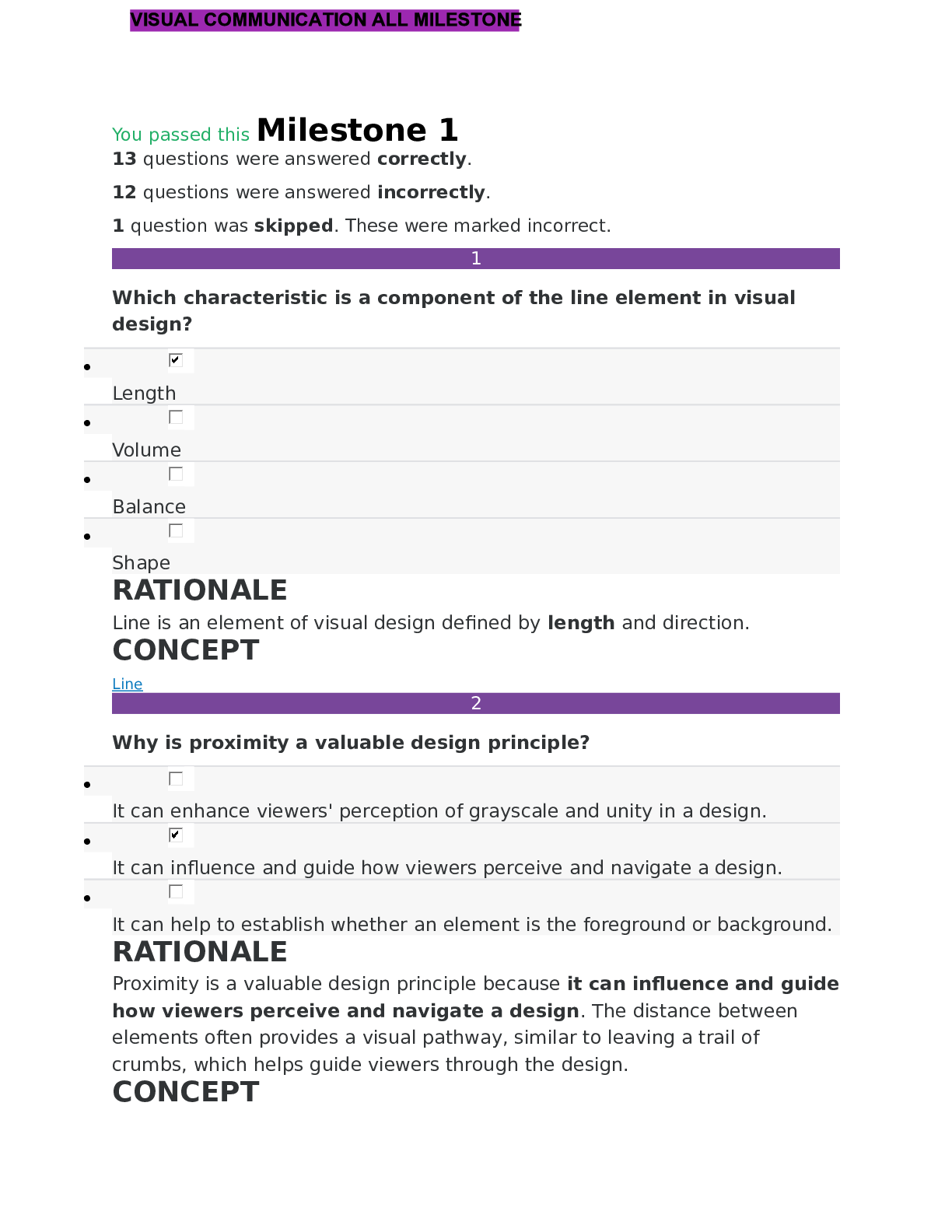

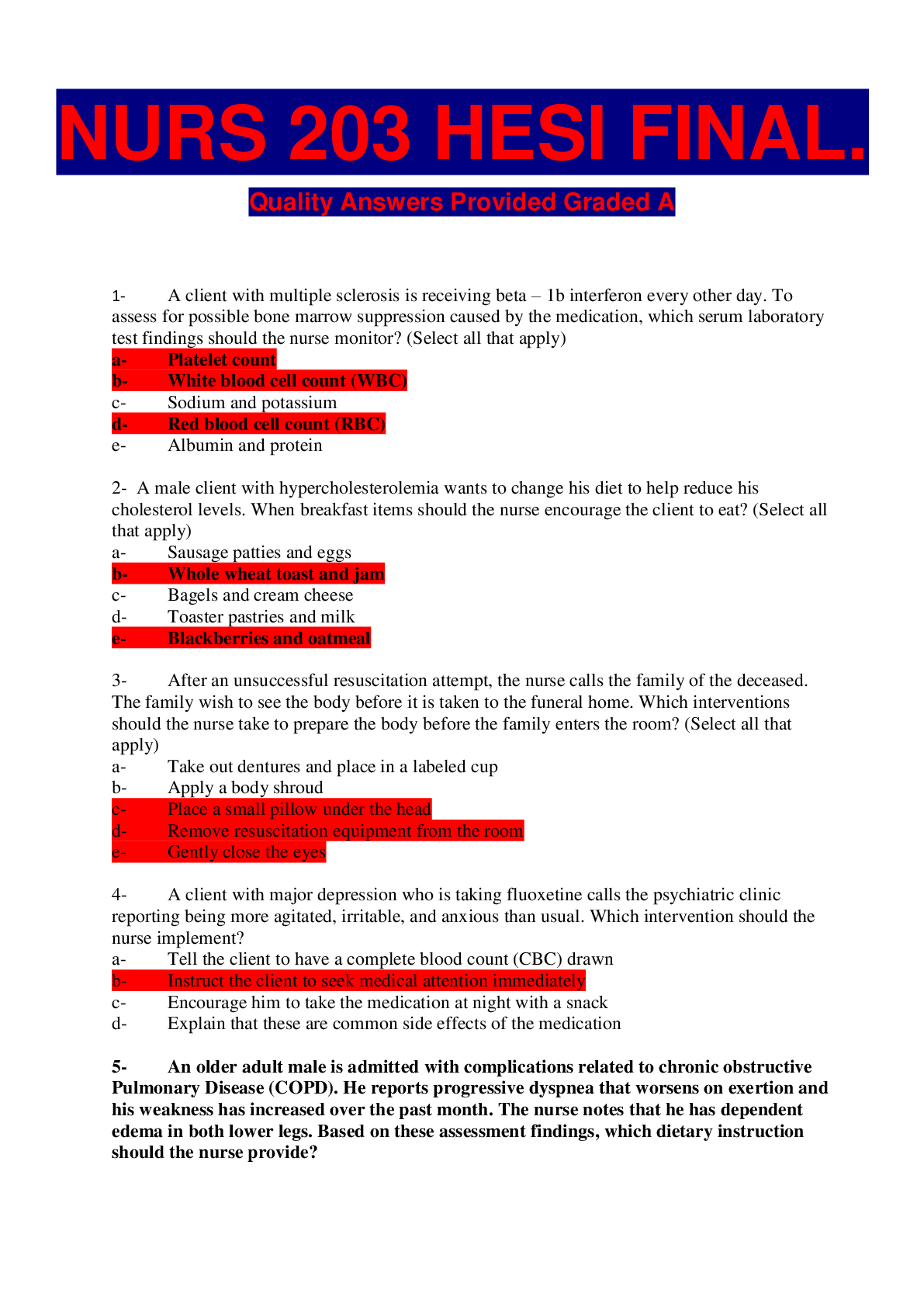
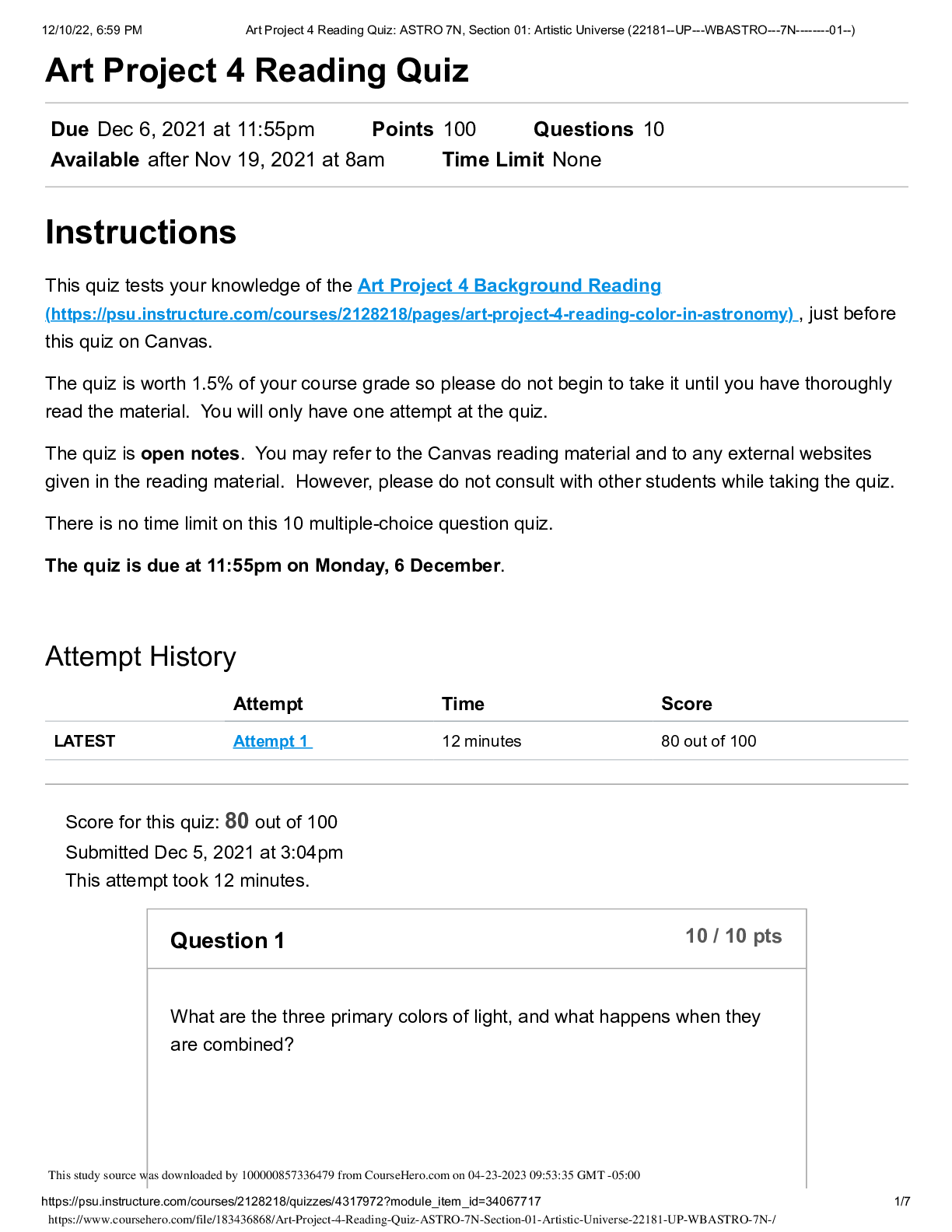





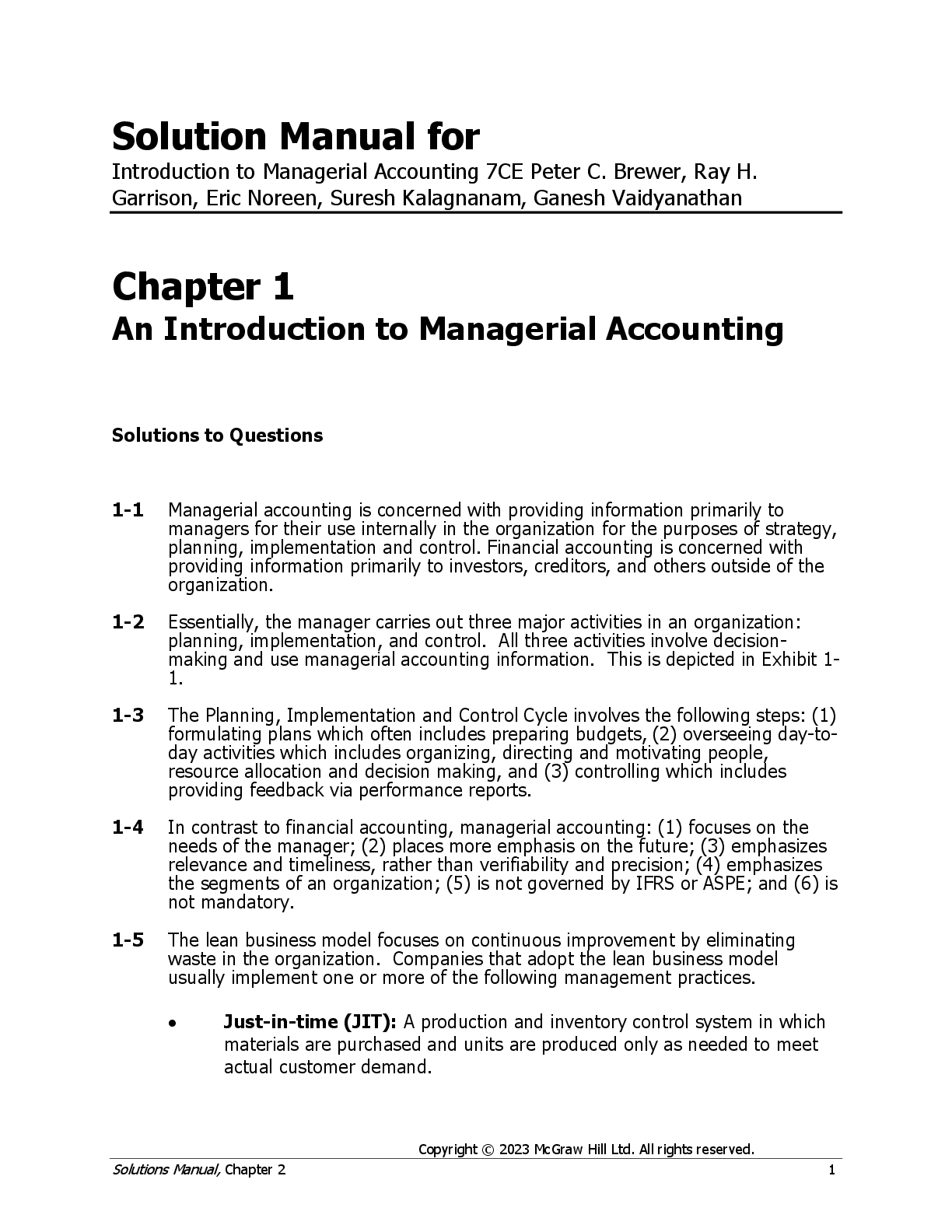

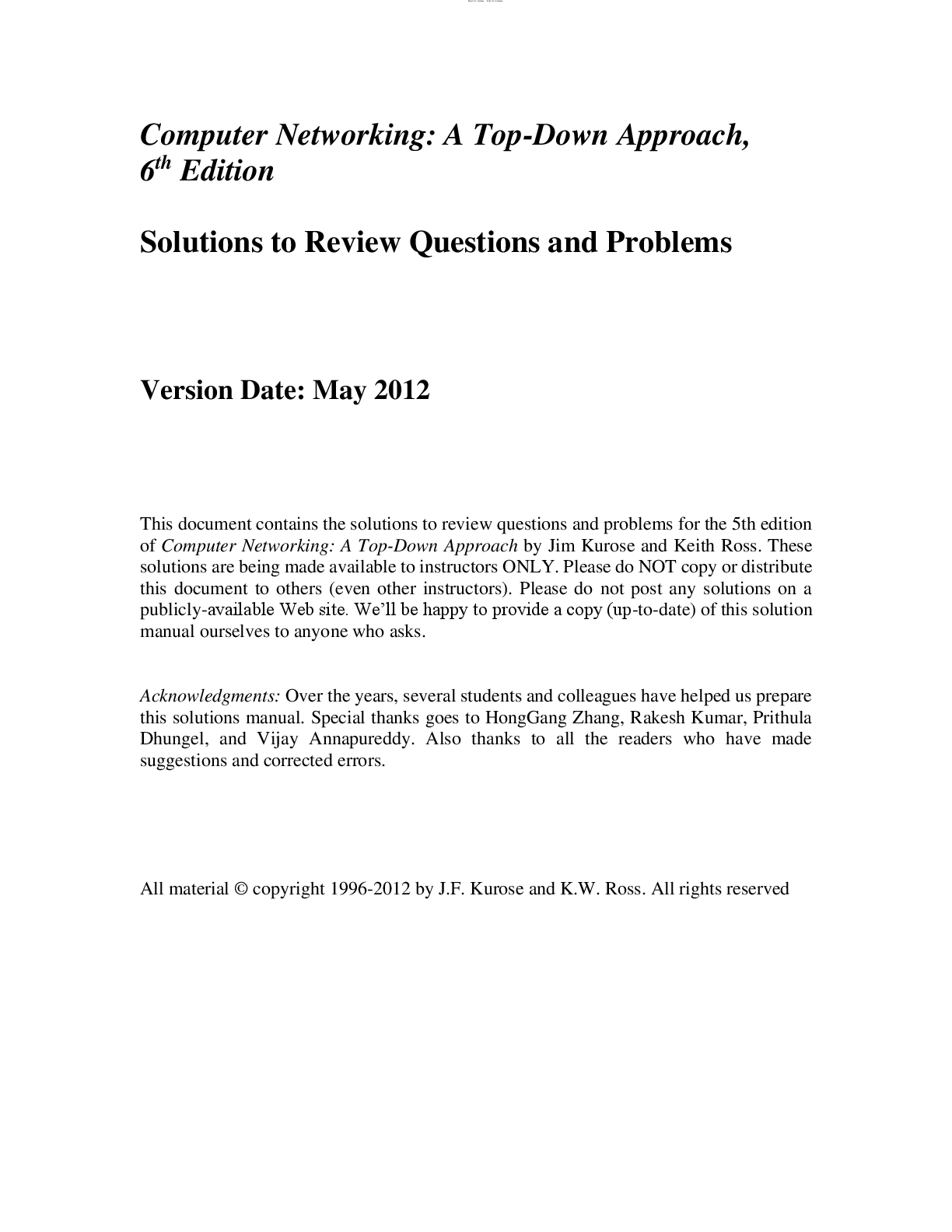
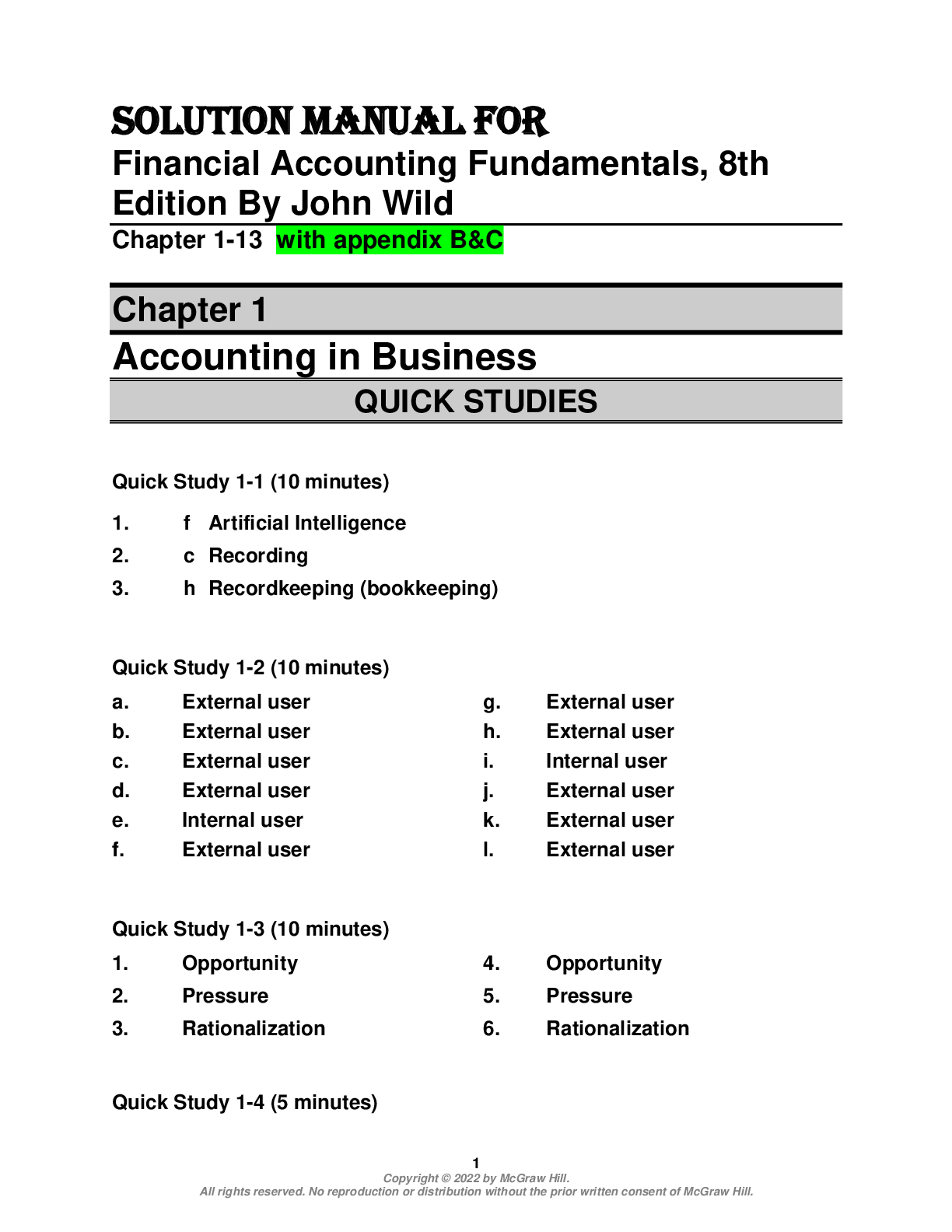

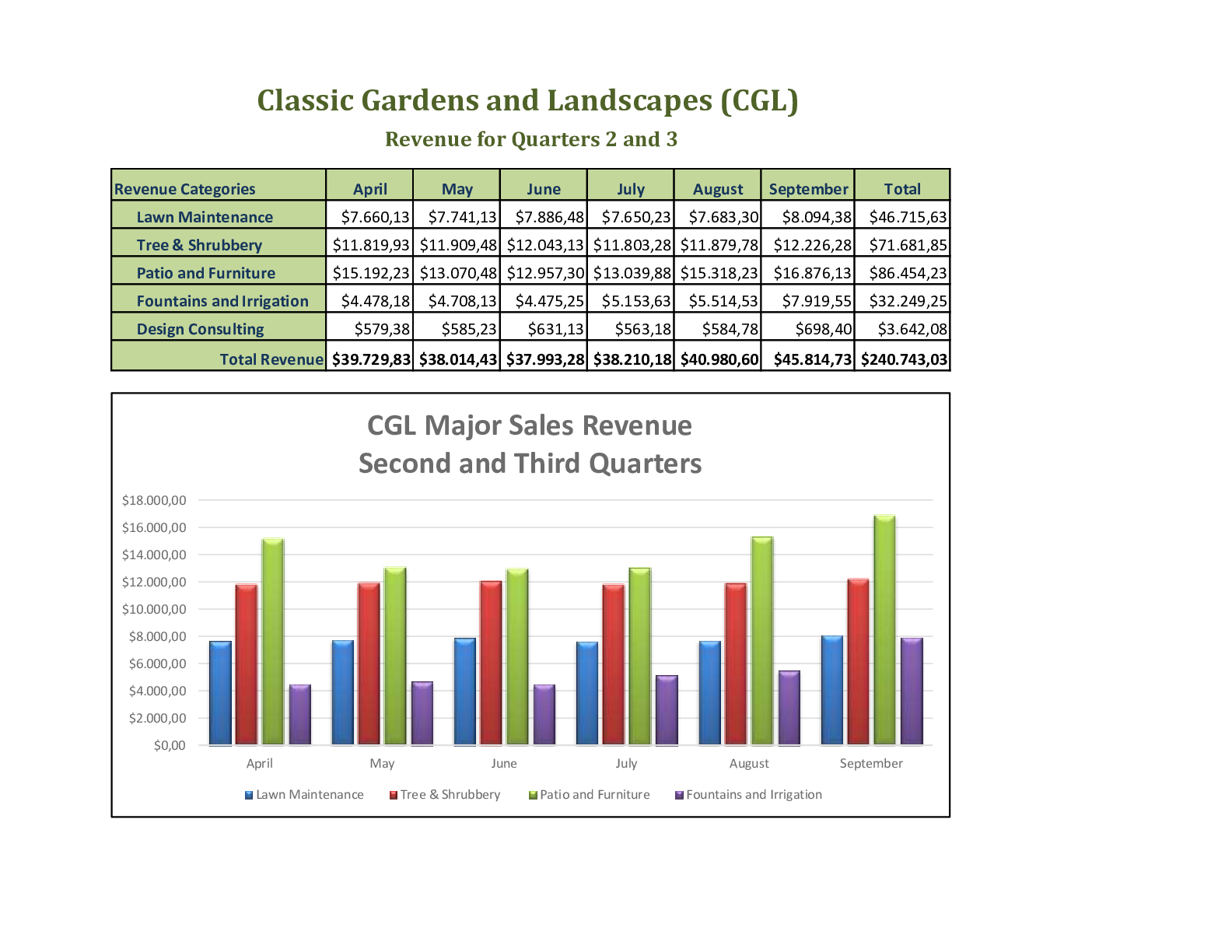
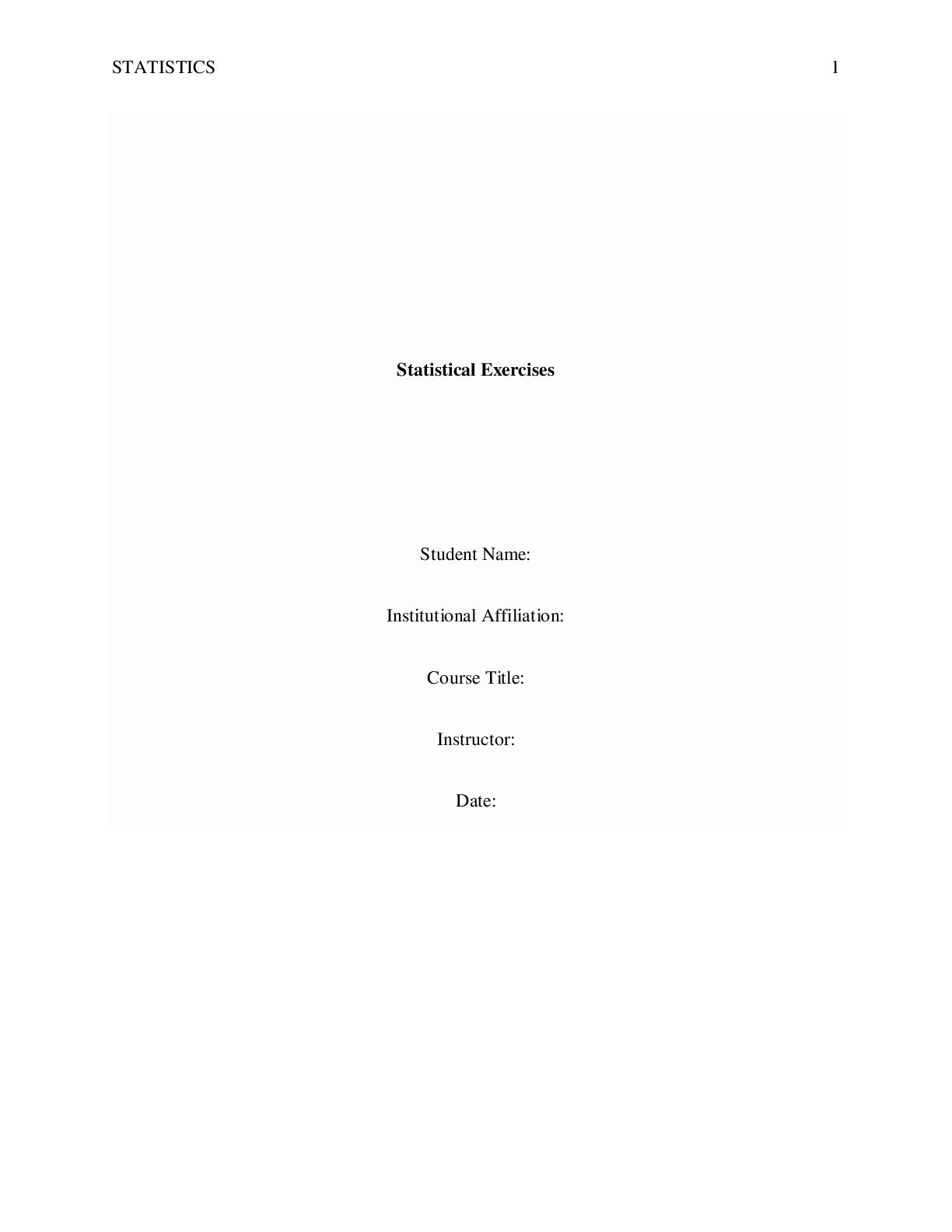
.png)

